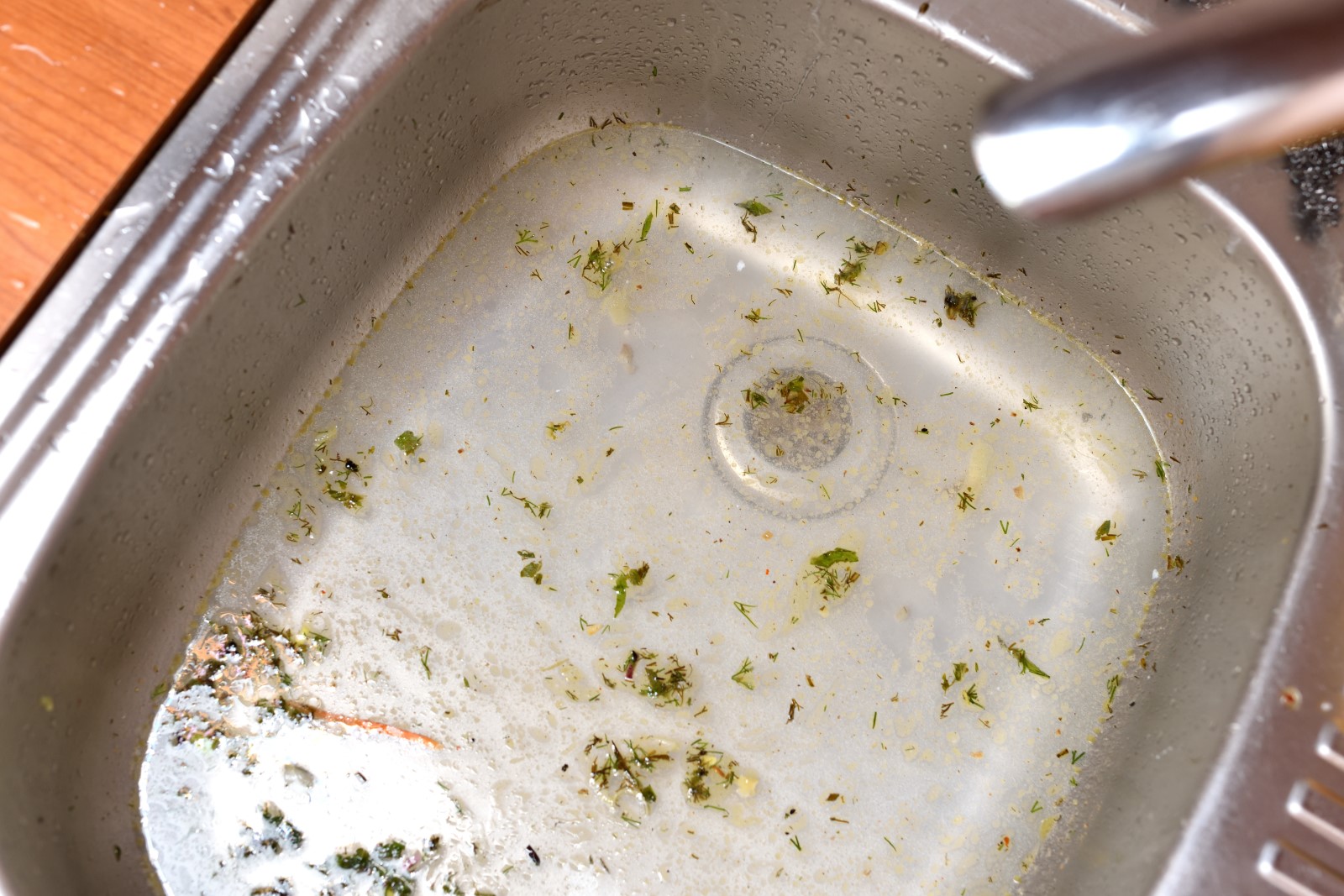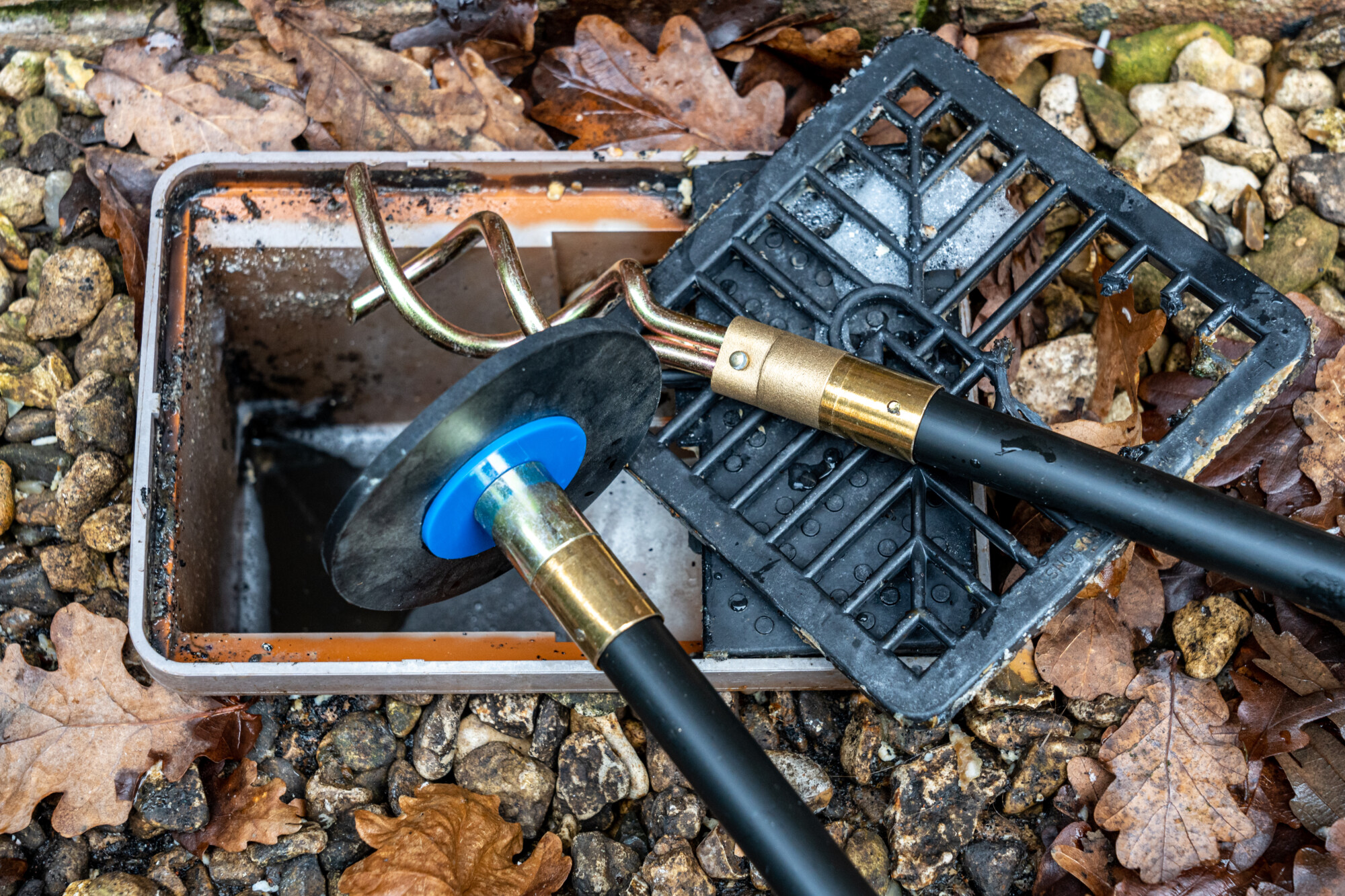Guidelines for Managing a Blocked Drain Prior to Calling Professional Plumbers
Guidelines for Managing a Blocked Drain Prior to Calling Professional Plumbers
Blog Article
We've stumbled upon this great article about What I learned from trying to deal with a clogged drain down the page on the net and believe it made sense to discuss it with you on my blog.

Intro
Handling a blocked drainpipe can be an aggravating experience, interrupting daily tasks and potentially causing damage to your residential property. Nonetheless, before reaching out to pipes professionals, there are actions you can take to resolve the problem on your own. In this overview, we'll discover do it yourself services and safety nets to take on an obstructed drain properly.
Determining the Problem
The very first step in resolving an obstructed drain is identifying the indicators. Sluggish drain, gurgling noises, foul odors rising from drains, or water support up are common indications of an obstructed drain. Recognizing these signs early can help protect against better problems.
Choosing the Right Pipes Solution
When selecting a pipes solution, take into consideration variables such as experience, licensing, and client evaluations. Choose a trustworthy plumber with a record of top quality workmanship and clear prices techniques.
Price Considerations
The price of expert drainpipe cleaning company can vary depending upon the severity of the blockage and the plumber's rates. Request quotes from numerous carriers and inquire about any type of surcharges to ensure transparency and stay clear of surprises.
Safety Precautions
When trying do it yourself drainpipe cleansing, prioritize safety. Use protective gloves and glasses to avoid contact with harmful chemicals or germs. Never ever blend different drainpipe cleaning products, as this can produce hazardous fumes.
Instance Studies
Real-life examples illustrate the effectiveness of DIY solutions and the value of prompt professional intervention in solving drainpipe obstructions.
Common Reasons For Blocked Drainpipes
Understanding the factors that contribute to drain pipes obstructions is crucial for effective resolution. Typical perpetrators include hair, soap residue, oil, food particles, and foreign objects like sanitary items or paper towels. Tree origins attacking below ground pipelines can additionally trigger significant obstructions.
Do it yourself Solutions
For minor blockages, a number of DIY remedies can be reliable. Putting boiling water down the drain can assist liquify grease and debris. Baking soda and vinegar or a blend of salt and baking soft drink can work as all-natural cleansers. Utilizing a bettor or plumbing snake to displace blockages is one more alternative.
Devices and Tools
Having the right tools accessible can make DIY drainpipe cleaning more effective. A bettor is a versatile tool for removing obstructions in sinks, toilets, and showers. A plumbing snake or auger can get to much deeper clogs, while drainpipe cleansing chemicals can be made use of very carefully for stubborn blockages.
Safety nets
To prevent future blockages, embracing preventive measures is essential. Set up drainpipe guards or strainers to capture hair and particles before they go into the pipes. Routinely flush drains with warm water to dissolve grease buildup, and stay clear of taking care of oil or solid waste away.
When to Call a Specialist
While do it yourself services can deal with minor blockages, specific signs show the need for expert support. Consistent clogs, foul odors regardless of cleaning efforts, or multiple drains pipes backing up concurrently are warnings that require expert intervention.
Verdict
By following the ideas laid out in this overview, you can effectively tackle obstructed drains pipes and stop future plumbing issues. Whether going with do it yourself options or seeking expert help, prompt activity is crucial to maintaining a healthy and balanced pipes system and preserving the honesty of your home.
How to Clear a Clogged Drain Yourself (And When to Call In the Professionals)
What Can Clog a Drain
Dirt Skin flakes Hair Grease Soap scum Food Offset pipes Tree roots Small objects Mineral buildup DIY Tricks to Unclog a Drain
You can fix this! Once you have identified the source of the clog (or have a vague idea), you can try one or a combination of these fixes in order to clear your plumbing.
Wire Hanger or Snake
Untangle and clear out hair from a drainpipe with a homemade snake. Use a straightened-out wire hanger with a 90-degree angle hook to locate the clog and drag out any unwanted material.
Remember not to push the clog further down to where the wire hanger cannot reach! If you need to follow up with a plunger, give it a try. Your efforts might be more successful after it’s been wire-snaked.
If you want to get fancy and don’t have a wire hanger to spare, head to the store and pick up a hand-operated drain snake. You can get one for $10-$30. It may save you the hassle, and provide additional length to reach deep into the clogged pipe.
Plunger
A cup plunger has a suction cup attached to a wooden handle. The rubber creates a seal around the drain, and increases the pressure force of the plunger.
Plunge for 30-second increments to loosen the clog. This may need to be repeated over the course of 15-20 minutes. Once plunged, run the water to flush the remaining material out of the drain.
Remember– never use a plunger if you have used a chemical drain cleaner. These chemicals can splash up from the force of the plunger and cause serious injury or burns.
Boiling Water
Hot water can sometimes break up materials into a flushable amount. Dirt, grease, and soap buildup requires heat in order to unstick from surfaces.
Take your kitchen kettle and heat your water to a boil. Once it reaches a rolling boil, pour it directly down the drain into the blockage. Carefully follow with plunging, if necessary.
Don’t worry if this takes more than one try! It can often take multiple kettles and repeated plunging in order to clear a particularly stubborn clog.
Chemical Drain Cleaner
As a last resort, pick up a bottle of chemical drain cleaner. Drain-cleaning chemicals are potent, and not very good for the environment.
You may need to wear protective eyewear in gloves before handling your bottle of chemical drain cleaner. Follow the instructions printed on the bottle, and flush with water as soon as the instructions allow. Do not follow with plunging.
Baking Soda and Vinegar
As a safer alternative to chemical drain cleaner, baking soda and vinegar can create a chemical reaction that clears tough clogs.
Combine one cup of cleaning vinegar with one cup of boiling water, and set aside. Once you have done this, pour half a cup of baking soda down the drain. Give the baking thirty seconds to settle and cover a large portion of the problem drain.
Following the baking soda, pour down your vinegar and hot water solution. Once the vinegar and baking soda combine, the mixture will bubble and fix. Let this reaction fizzle in the drain for about an hour.
After an hour, follow with a kettle’s worth of hot water. The heat and liquid should flush out any remaining material.
When to Call a Plumber
If your DIY attempts haven’t cleared your clog drain, it’s time to call in a professional. It’s not worth losing access to your kitchen sink or high-traffic bathroom. A clog in a vital area can keep you from the things you’d rather be doing, and derail your routine.
Anytime a clog is causing water to spread is a time to call in a plumbing service. What starts out as a little bit of water can quickly grow into serious, expensive water damage.
Additionally, a serious clog can result in burst pipes or serious leaks. Make sure you know when to take it seriously!
https://myguysnow.com/how-to-clear-a-clogged-drain-yourself-and-when-to-call-in-the-professionals/

As a passionate reader about 8 Tips For Clearing A Blocked Drain, I assumed sharing that piece of content was sensible. Liked our write up? Please share it. Let somebody else find it. Many thanks for being here. Kindly come by our site back soon.
Schedule An Appointment Report this page